Saccharin is the oldest and most famous of all sugar substitutes. It is a non-nutritive sweetener (does not generate calories). Its name is as famous as the flavoring agent monosodium glutamate commonly known as "MSG". It is mainly used in the food industry, and can also be used in toothpaste, cigarettes and cosmetics.
Current page 1 / 2 pages in total, 15 records in total, 10 records per page.
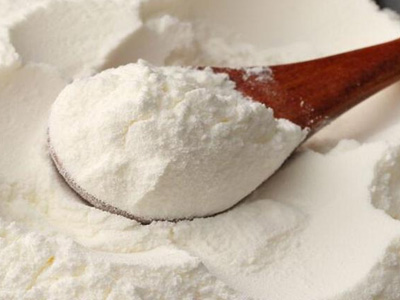
Stevioside does not participate in physiological and biochemical reactions in the human body, has a certain degree of antibacterial and antiseptic effects, and is safe. A large number of drug experiments have proved that stevioside is non-toxic, has no side effects, no carcinogenicity, and is safe for consumption. Regular consumption can prevent hypertension, diabetes, obesity, heart disease, dental caries, etc., and is an ideal sweetener that can replace sucrose.
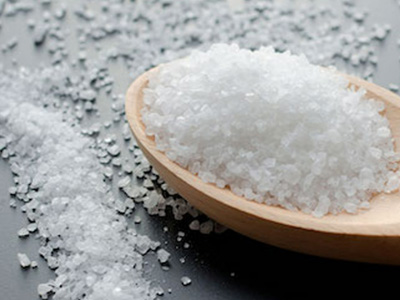
Sodium saccharin, whose scientific name is o-benzoyl sulfimide, is made from chemical products such as toluene and o-toluidine extracted from coal tar through chemical reactions such as iodination, chlorination, oxidation, ammoniation, crystallization and dehydration. It is an artificially synthesized zero-calorie sweetener and has nothing to do with the sugar we know.
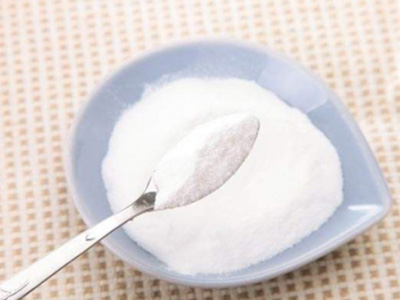
Acesulfame or AK sugar has a sweetness intensity of 200 times, with a pure and intense sweet taste that lasts for a long time.
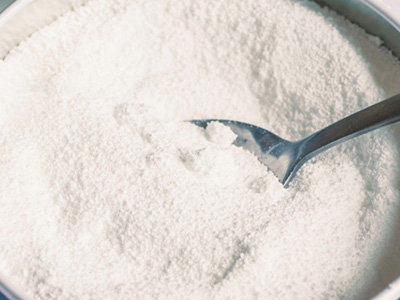
Sugar substitutes (sweeteners) are mainly divided into two types: nutritive sweeteners and non-nutritive sweeteners - distinguished by whether they can be digested and absorbed by the human body and provide calories. The sugar substitutes contained in sugar-free cola are mainly acesulfame potassium (E950), aspartame (E951), and sucralose (E955), all of which are synthetic sugar substitutes.
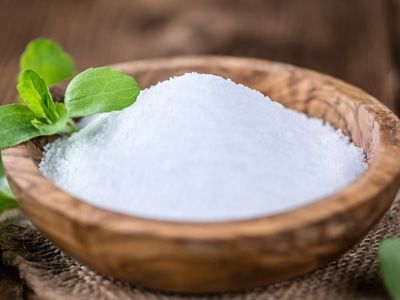
Stevioside does not participate in physiological and biochemical reactions in the human body, has a certain degree of antibacterial and preservative effects, and is safe. A large number of drug experiments have proved that stevioside is non-toxic and has no side effects, non-carcinogenic, and safe for consumption. Regular consumption can prevent hypertension, diabetes, obesity, heart disease, dental caries, etc., making it an ideal sweetener that can replace sucrose.
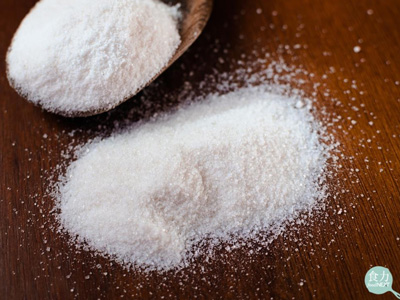
Potassium acetyl sulfonate (中文:安赛蜜), also known as potassium acetylaminosulfonate or potassium sulfosaccharlactone, is commonly known as acesulfame. It is a calorie-free sweetener. In the European Union, its E number (additive code) is E950.
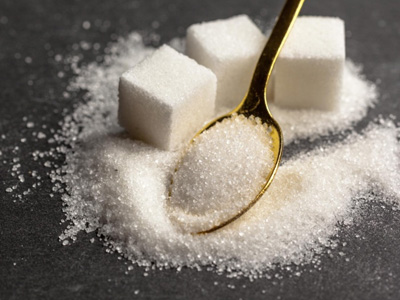
In fact, saccharin is a petrochemical product, a synthetic high-intensity sweetener, and a food additive. Pure saccharin is a non-toxic, calorie-free, non-nutritive sweetener that is not absorbed by the human body. Utilizing its sweet taste, it is used as a food additive to replace table sugar.
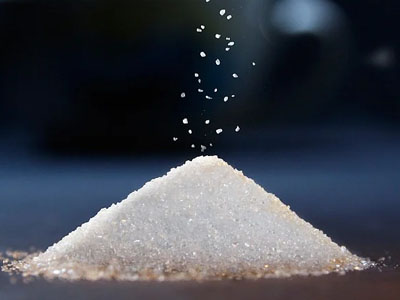
Artificial sweeteners, also known as sugar substitutes, low-calorie sweeteners, or non-nutritive sweeteners, can provide the sweetness of sugar without calories. Artificial sweeteners are many times sweeter than sugar. Therefore, a small amount of artificial sweeteners can sweeten food. Because of this, foods made with artificial sweeteners contain fewer calories than those made with sugar.
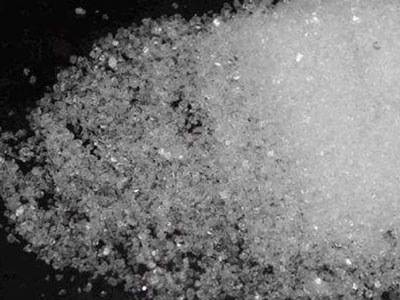
Cyclamate (Sodium cyclamate), also known as sweetener, is chemically named sodium cyclohexylsulfamate and is a type of sweetener.
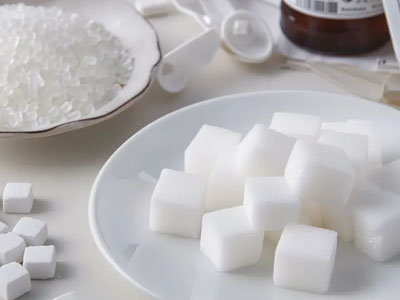
Phthalylsulfonimide, commonly known as saccharin, has the chemical formula C₇H₅NO₃S. It is a zero-calorie sweetener in the form of a white crystalline powder, which is poorly soluble in water. Its sweetness is 300 to 500 times that of sucrose, and when consumed, it leaves a slight bitter taste and metallic aftertaste on the tongue.